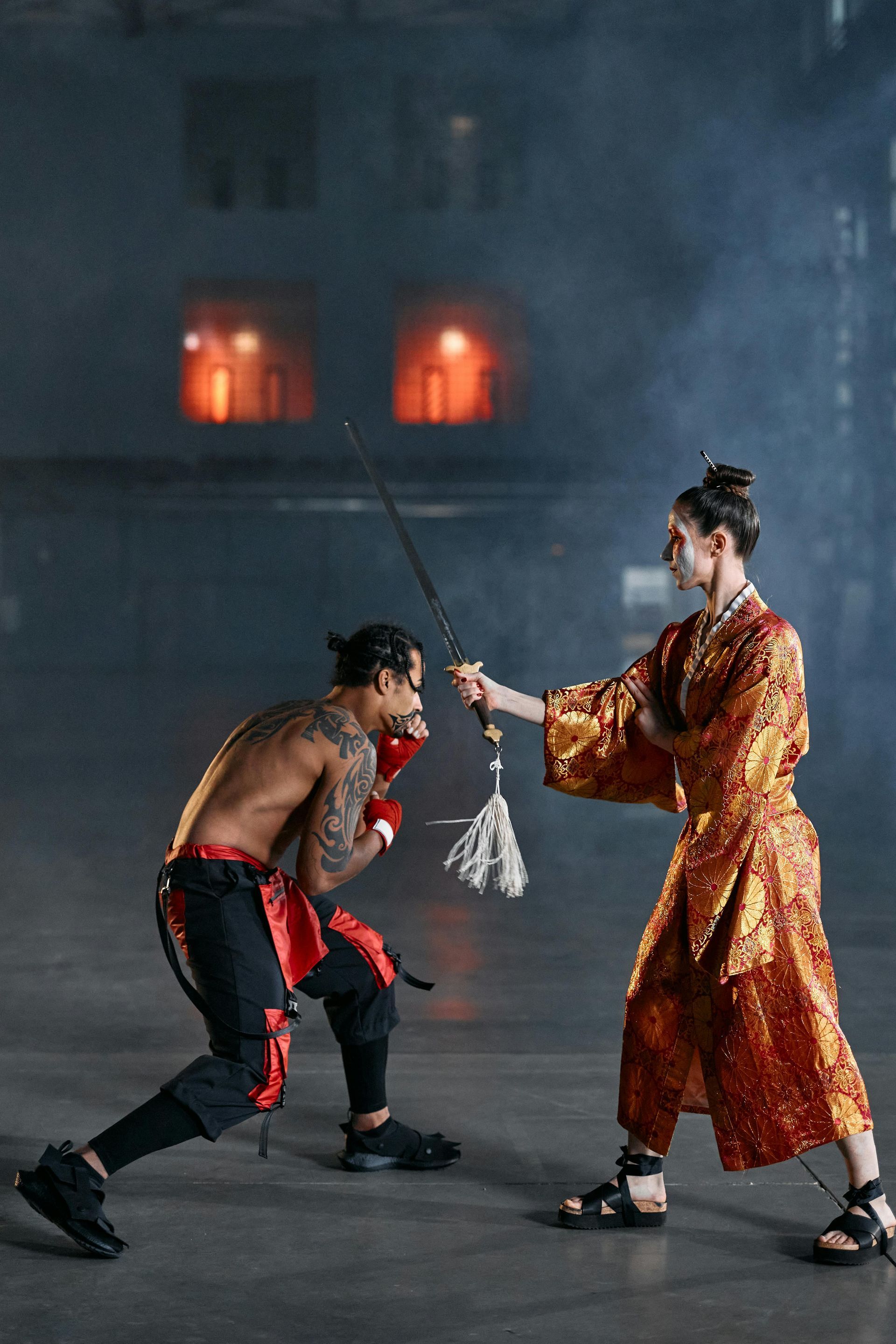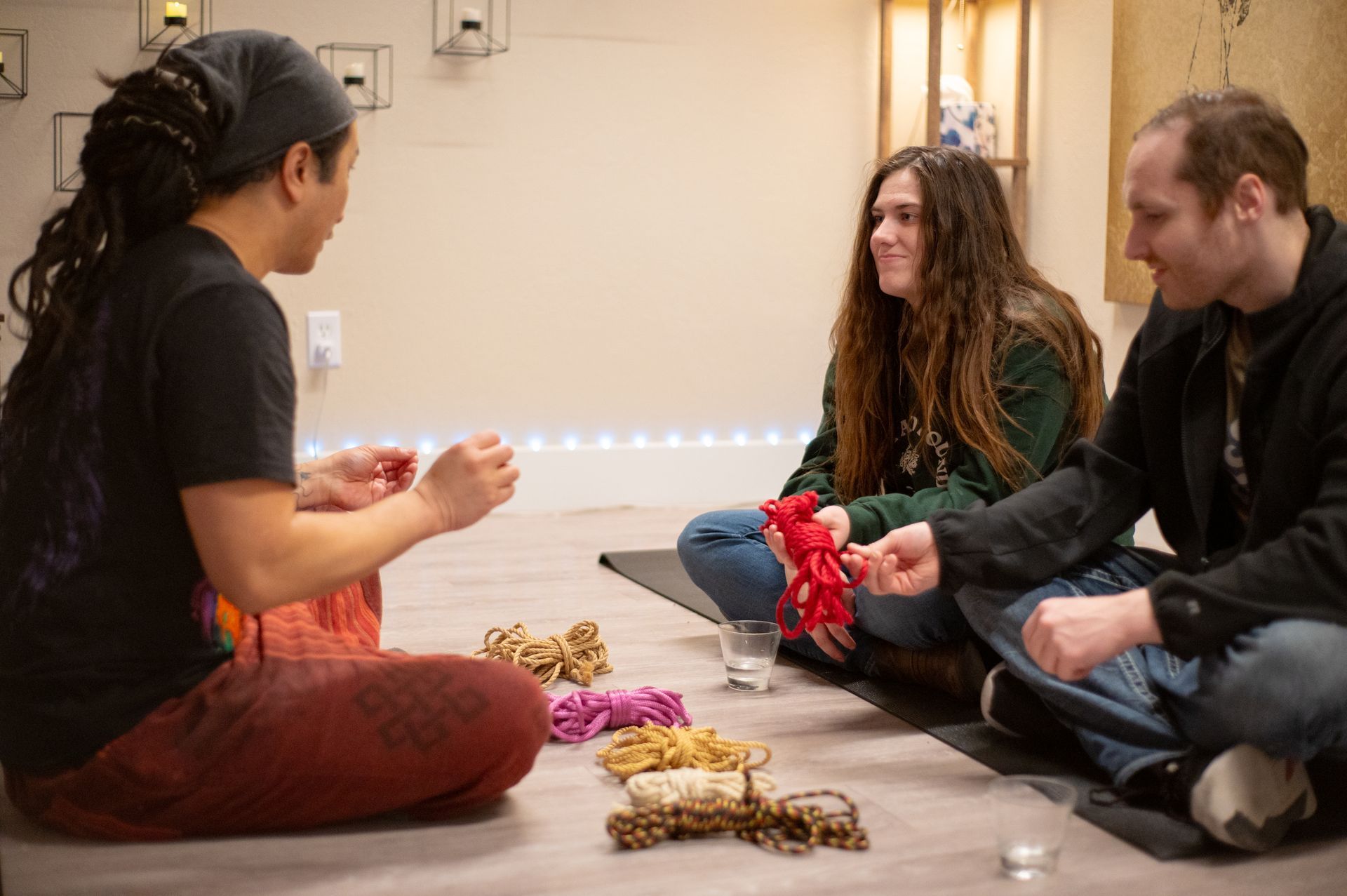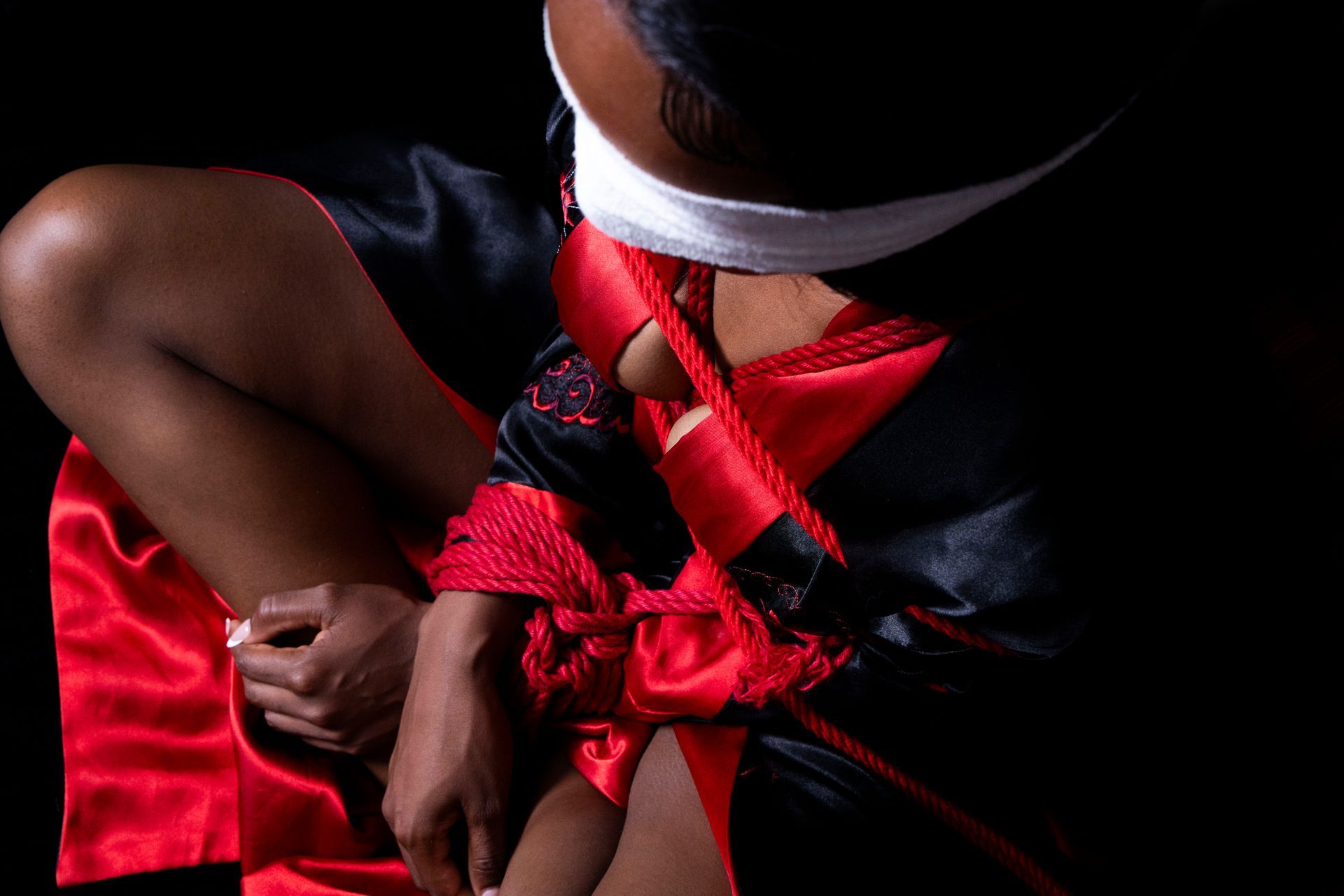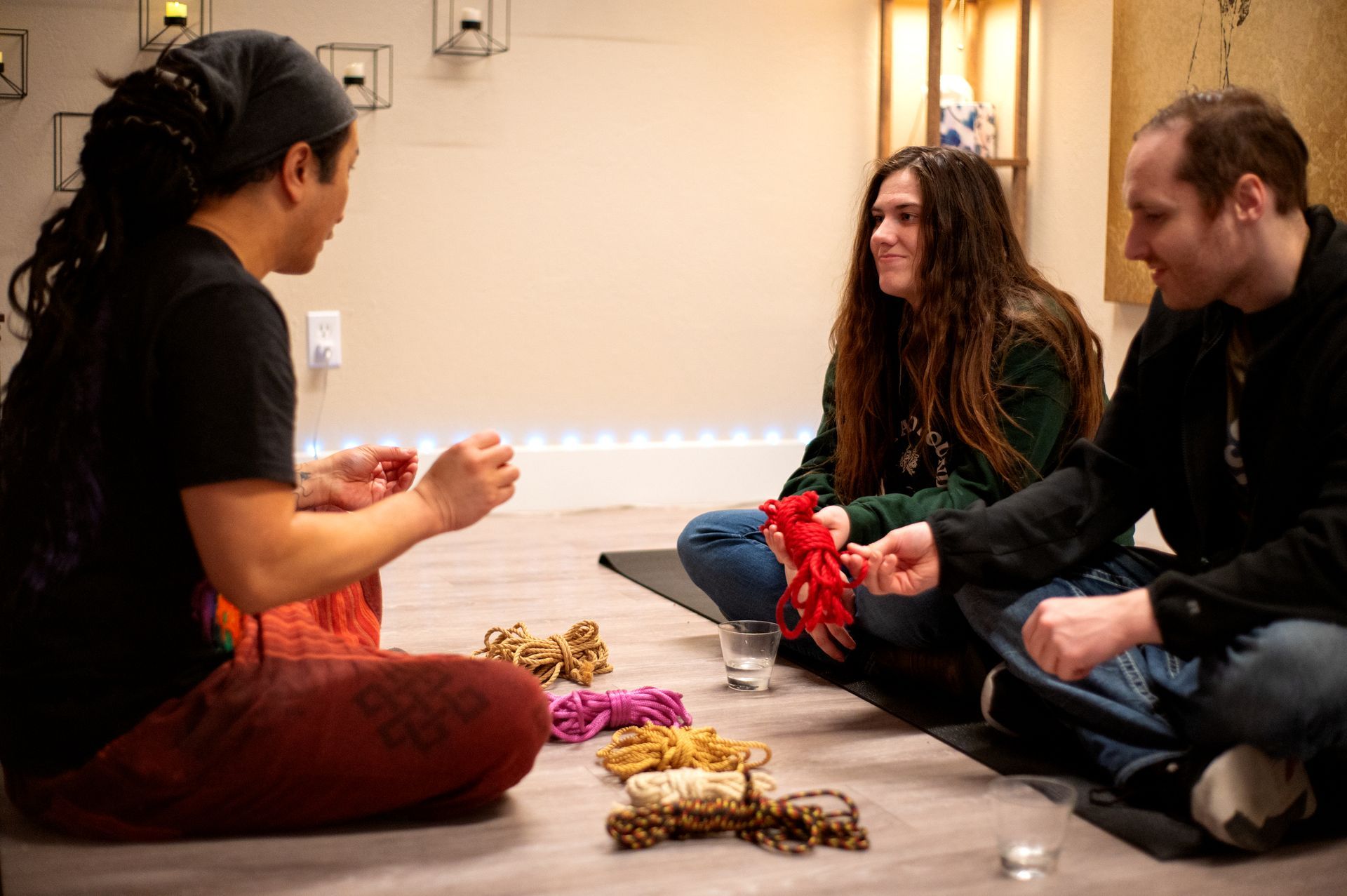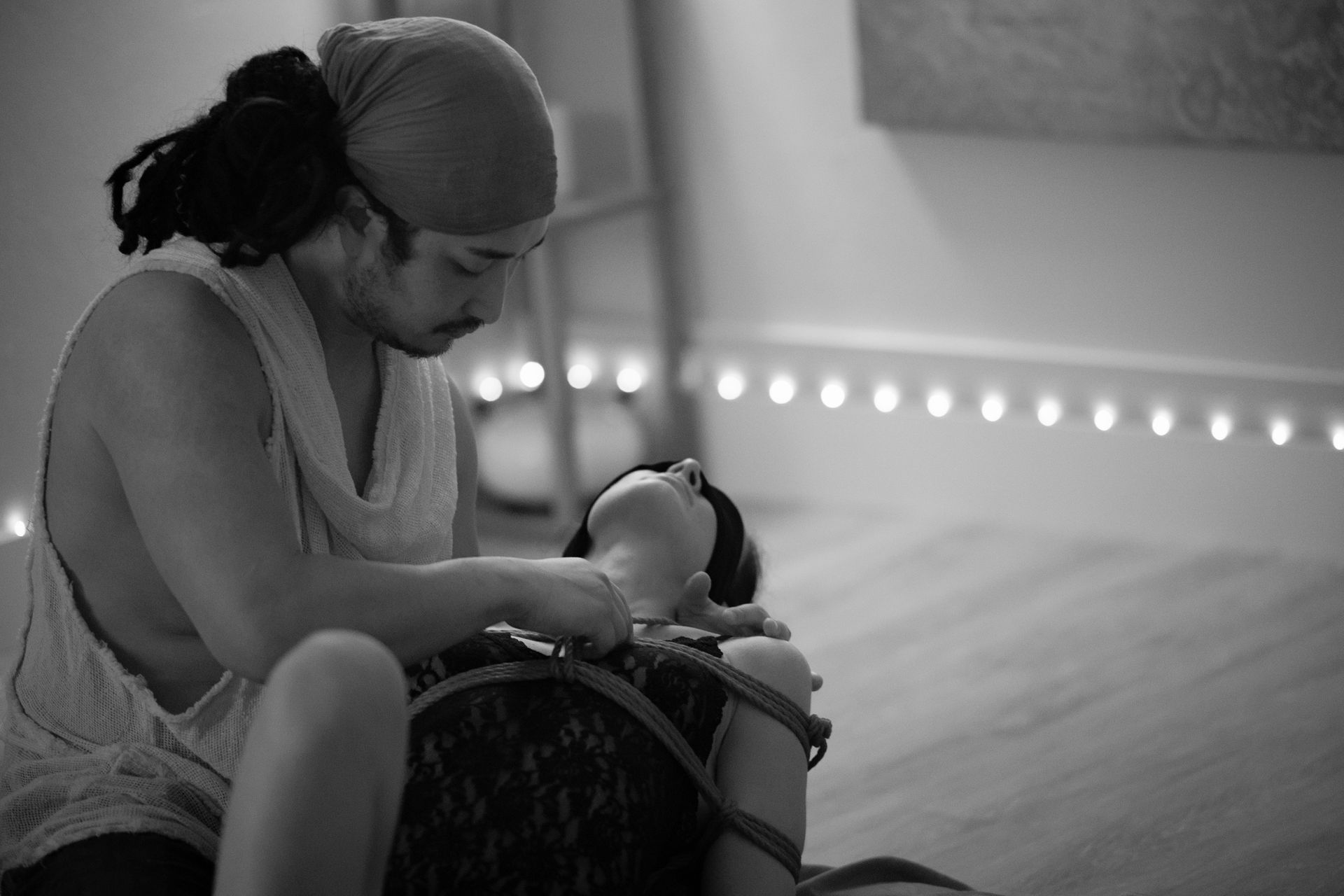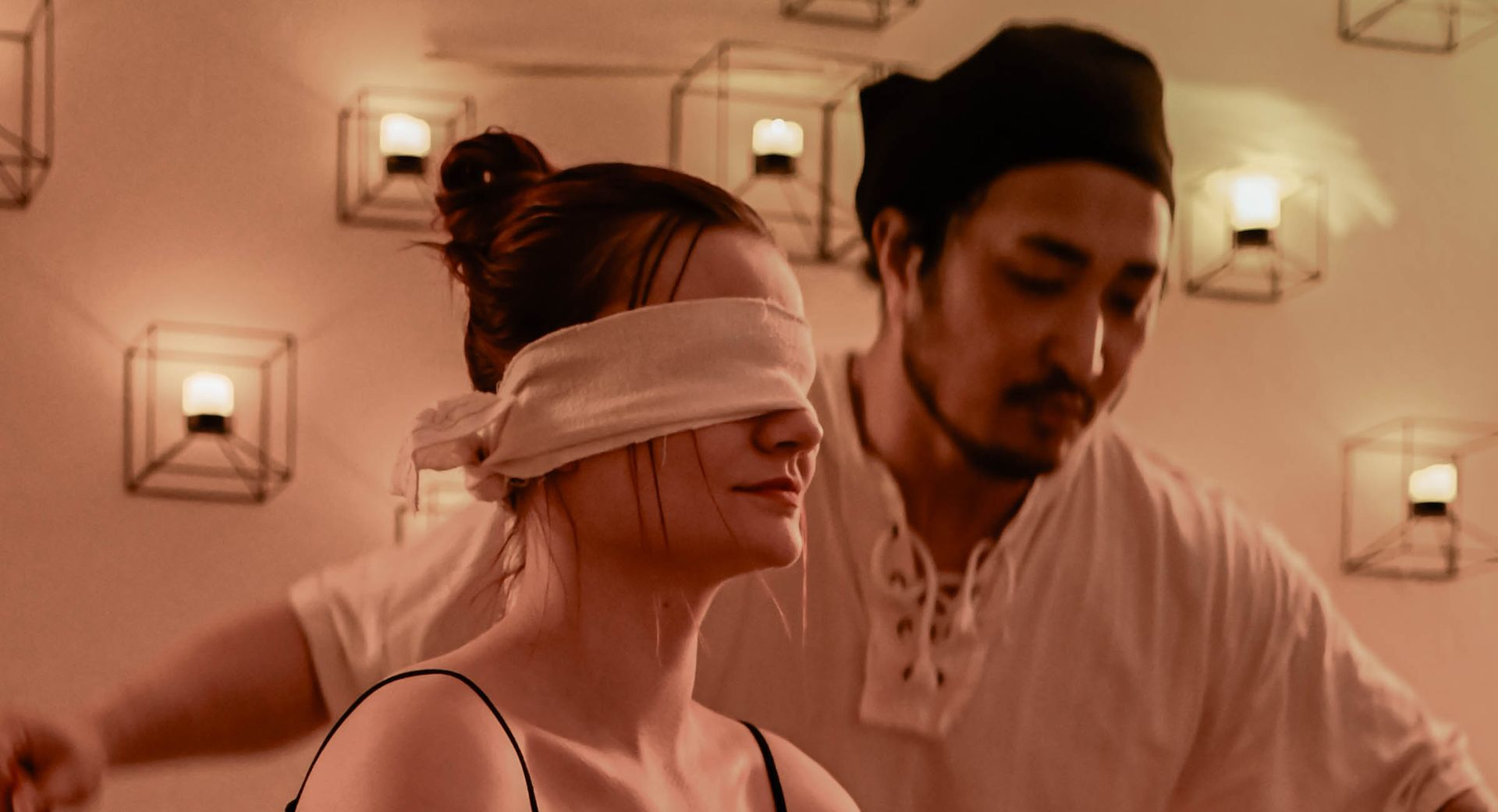By edersonbusiness
•
August 27, 2025
Sacred Rope: Ritual Healing in Modern Practice Rope has always carried meaning. Across cultures, threads and cords have been used in ceremonies of protection, blessing, and release. In Laos, ritual binding with white strings (baci or soukhouane) is still practiced today to call the soul back, to honor transitions, and to strengthen unity among family and community. In Sacred Tie Shibari, this wisdom is reborn. Rope is not only an art of form, but also a ceremony of healing. Each knot becomes more than structure; it becomes intention. Rope, in this way, is not what holds us — it is what helps us let go. Rope as Ritual In Lao tradition, a thread tied around the wrist might carry prayers for protection or strength. In Shibari, a rope tied across the body can carry similar meaning: it reminds us that we are supported, witnessed, and cared for. This is the essence of Sacred Rope — a practice that moves beyond performance and into ritual healing . Every wrap and knot is an offering, a gesture that says: your body is safe, your presence is honored, your spirit is free to rest. The Hidden Wounds We Carry Many people walk through life holding pain that is invisible. Past trauma, heartbreak, loss — these often live quietly in the body, shaping how we move, breathe, and connect. Left unspoken, they weigh us down. Sacred Tie Shibari recognizes this truth. The rope does not cover up wounds, nor does it pretend they do not exist. Instead, it invites them into the open — gently, without judgment. The knots give form to the unspoken, and in being acknowledged, those wounds begin to soften. Rope as Ceremony of Release Unlike martial Hojojutsu, where rope once restrained, Sacred Tie transforms rope into a ceremony of release . The rope does not trap — it gives permission to let go. To let go of tension in the shoulders and chest. To let go of holding everything alone. To let go of fear and invite trust. In the ritual of binding and unbinding, the body learns a new story: I am not bound by my pain, I am embraced by connection. The Soul Connection When practiced with intention, Shibari becomes more than rope work — it becomes prayer in motion. Rope becomes the bridge between the past and the present, between silence and expression, between hurt and intimacy. For one person, it may feel like surrender. For another, renewal. For both, it is a reminder that healing does not always come in words, but in the silent presence of being held. Sacred Tie Reflection In Sacred Tie Shibari, the rope is both history and hope. It carries the memory of Lao ritual, where threads tied around the body call forth protection and healing. And it carries the promise of modern practice, where every knot becomes a doorway to connection, intimacy, and release. Through rope, we remember: the body can heal, the heart can trust again, and the soul can find freedom in the embrace of another. Signature Quote “The rope does not bind us to our past — it frees us to step into presence. In every knot tied and untied, we learn that release is also renewal.” — Ederson Syvongsa, Creator of Sacred Tie Shibari
